83 F. high in the Twin Cities Monday.
81 F. average high on June 23.
84 F. high on June 23, 2013.
+.8 F. June temperatures are running nearly 1 degree F. warmer than average, to date.
June 23 in Minnesota Weather History. Source: NOAA.
2002:
Heavy rains fell on already saturated ground on 24. 5.50 inches fell at
Delano. Half of a mobile home park at Howard Lake was evacuated due to
rising water.
1972: Frost across eastern Minnesota. Duluth had a low of 35 and Tower bottomed out at 32.
Lightning Aware
This
is Lightning Safety Awareness Week across the USA. Odds are you've had
an unpleasant close encounter with a lightning strike or two - it can be
a religious experience.
It turns out the most dangerous time is
at the beginning and end of a storm, when rain isn't falling. This is
when people are often out on a lake or golf course, "pushing the
weather", and their luck in the process.
Just because it's not
raining doesn't mean there isn't a high threat of lightning, which can
travel up to 10 miles from the parent thunderhead.
Lightning is
lazy, often striking the tallest object in the area. NOAA data shows 37
percent of lightning fatalities since 2006 were water-related. Stay off
the lake or beach when storm clouds threaten. That first growl of
thunder? Head indoors.
Since 2006 81 percent of lightning victims
have been men. Because men, as a rule, are more stubborn? My wife thinks
so. Possibly, but more men work outside, more vulnerable to the
elements.
We cool off a bit the next couple of days; a few
instability showers pop up this afternoon, but dry weather should be the
rule into Friday as Minnesota sees a much-needed break. Heavier
T-storms fire this weekend as dew points rise; highs surging into the
80s. We may finally hit 90F next week. Yes we're due for a hot front.
A dry front would be nice too.
Latest Mississippi Crest Forecast for St. Paul. The City of St. Paul
has the latest forecast from NOAA's North Central River Forecast
Office, along with expected impacts. A crest between 20 and 21 feet is
expected late Wednesday into Friday, still 5 1/2 feet below the record
1965 crest of 26 feet.
Impact on St. Paul. NOAA has an
interactive tool
that allows you to see which areas may be impacted by a forecast crest
of 20.5 feet at St. Paul; Shepard and Warner Roads, St. Paul Downtown
Airport (Holman Field) and even some high water approaching Kellogg Blvd
East near Lafayette Freeway.
River Flooding Will Continue In Upper Midwest.
USA TODAY has an overview; here's an excerpt: "
River
flooding in the upper Midwest continues due to extremely heavy rain
earlier in the month. Nearly 100 gauges were at some level of flood
stage in the upper Midwest on Monday, with 14 listed at "major" flood
stage, the National Weather Service reports. Many are along the
Mississippi River in Minnesota, Iowa, Illinois and Missouri..."
Photo credit above: "
The Crow River rises above the base of a bridge in Delano, Minn., as the river nears its crest on June 22." (Photo: KARE-TV).
30-Day Rainfall and Percentage of Mean.
Over 12" of rain has doused portions of central Minnesota in the last
30 days; a huge portion of central and southwest Minnesota has been
inundated with 10" or more. June is the wettest month of the year, on
average, but some of the amounts west of Willmar are 3 to 4 times the
normal amount. Maps:
Midwest Regional Climate Center.
A Harrowing View.
LaRae Rogers works for us at Media Logic. She has a beautiful, newly
constructed home about 1/2 mile from the Crow River near Delano. Until
this week, when the Crow River crept right up to the foot of her deck.
Thousands of Minnesotans are facing similar challenges, ranging from
outright river flooding to wet basements to submerged docks as 2014
turns into a wet weather year for the record books.
7-Day Rainfall Outlook.
NOAA guidance shows some 1.5 to 2" amounts between now and next
Tuesday, July 1, across Minnesota, western Wisconsin, the eastern
Dakotas and a wide swatch from Houston and St. Louis to Indianapolis,
Cleveland and Wilkes-Barre, PA.
A Dirty High.
As opposed to a fresh, invigorating January bubble of Canadian high
pressure. A cold storm aloft ignites a few afternoon showers and
possible T-showers today; generally dry weather much of Wednesday and
Thursday, but an isolated shower can't be ruled out. No torrential rains
though. The chance of T-storms increases by Friday and Saturday as
sticky southerly winds pump 70-degree dew point air back into Minnesota.
84 hour NAM guidance: NOAA.
A Quieter, More Comfortable Week.
In spite of showers this afternoon, much of the next 72 hours will be
dry, giving fields a chance to drain, rivers will be cresting across
most of Minnesota by Thursday. Dew points drop into the 50s Wednesday,
fairly comfortable for late June. By the weekend dew points top 70F as
muggy air surges north, sparking a few T-storms Saturday and Sunday.
Graph: Weatherspark.
What's Up With The Wild Extremes of Weather?
The data is preliminary and the science still in motion, but there's
growing evidence that differential heating of the Northern Hemisphere
(Arctic and far northern latitudes warming faster than mid latitudes)
may be impacting jet stream wind speeds and configurations, leading to
more meandering high amplitude patterns that can increase the potential
for flooding rains or sudden drought and heat. Here's a clip from a good
explanation at
USA TODAY: "...
The
methodology and findings are very sound," agreed research scientist
Jennifer Francis at Rutgers University, also not part of the study. She
said its main contribution is a findingthat large north/south waves in
the jet stream's path cause slow-moving weather patterns that frequently
lead to extreme weather. The weather extremes the authors analyzed in
the study were month-long heat waves, cold spells, droughts and
prolonged wet periods, which occurred over large areas of the world from
1979-2012..."
Graphic credit above: "
The polar
jet stream is a band of fast winds high in the atmosphere that marks the
boundary between cold polar air and warmer air to the south. When large
waves develop in the flow, cold Arctic air moves south (as seen here
over eastern US) and warmer temperate air moves north (as seen here are
central US). Such "wavy" conditions increase the chance of temperature
and precipitation extremes.
" (Photo: NASA)
* the paper referenced in the USA TODAY article can be found at
nature.com.
Lightning Safety Awareness Week: June 22-28. Here are some good resources from
NOAA
regarding lightning safety - as you can see water-related lightning
deaths and injuries are at the top of the list for leisure activities,
and men are far more likely to be struck than women. Why? More men work
outside than woman, and my wife would point out that men tend to be more
stubborn. "I paid my $50. I'm going to play all 18 holes even if it
kills me!" Here's an excerpt: "
Summer is the peak season for one of
the nation's deadliest weather phenomena--lightning. Though lightning
strikes peak in summer, people are struck year round. In the United
States, an average of 51 people are killed each year by lightning, and
hundreds more are severely injured."
Tornado Digest: 3 Big Days in June; A Strong Finish To Thhe Month? Here's an excerpt of a good recap of last week's tornado outbreaks from
United States Tornadoes: "
Unlike
the first two weeks of June, this one did not include tornado reports
every day. But three days went big, with one going huge. June 16 was the
largest regional outbreak of June 16-18 outbreaks, with multiple cells
dropping a handful or more tornadoes into the night from the Plains into
the Midwest. Four of those tornadoes were rated violent, with the now
famed Nebraska twins creating Hollywoodesque visuals. June 17 and June
18 were no slouches either..."
Map credit above: "
Tornado
activity across the United States from June 15-21, 2014. Note: Several
reports and warnings outside this map are also included in number counts
on the map." For a full picture,
see here.
Where In The U.S. You're Most Likely To Be Struck By Lightning. I found this interesting, an excerpt from a story, courtesy of Google Maps Gallery and
earthsky.org: "
Lightningophobes,
take note. Here’s a new map, arranged by county, showing – over a
15-year period – injuries, fatalities, and instances of property and
crop destruction, caused by lightning. Darker-red areas show where the
lightning events have tended to happen more regularly. The most
populated areas suffer the most lightning fatalities, of course. The map
is part of Google Maps Gallery. It is called “Lightning Spatial Hazard Events and Losses for the United States, 1995-2009...”
Map credit: Google Maps Gallery. "
Where in the U.S. you’re most likely to be struck by lightning, by county."
10 Useful and Innovative Google Services You May Not Know About.
I consider myself fairly Google-proficient, but there were a few
services here I wasn't aware of, either. Here's a clip from a good
summary at
Gizmag: "...
Google Person Finder
was created as a means of enabling people to reconnect with friends and
family after natural and humanitarian crises. It was developed
following the the attack on the World Trade Center buildings in 2001 and
is part of Google's wider Crisis Response arm.
Person Finder has been deployed for use a number of times, including in
response to Typhoon Yolanda, the Boston Marathon Explosions, the 2013
Uttarakhand floods and Tropical Cyclone Phailin..."
TODAY: AM sun, a few PM showers and T-showers, most numerous north of MSP. Winds: NW 10-15. High: 77
TUESDAY NIGHT: Evening shower, then clearing and cooler. Low: 58
WEDNESDAY: Partly sunny, comfortable. Dew point: 57. High: 75
THURSDAY: Mix of clouds and sun, still dry. Wake-up: 59. High: 79
FRIDAY: Intervals of sticky sun. Dew point: 67. Wake-up: 65. High: 83
SATURDAY: Tropical with more clouds than sun. T-storms likely. Dew point: 70. Wake-up: 69. High: 85
SUNDAY: More sunshine, heavy T-storms later. Wake-up: 71. High: 86
MONDAY: Clearing and very warm, drop in humidity. DP: 57. Wake-up: 62. High: 87
Climate Stories...
Justices Limit Existing EPA Global Warming Rules. The Salt Lake Tribune
has details; here's a clip: "The Supreme Court largely left intact
Monday the Obama administration’s only existing program to limit power
plant and factory emissions of the gases blamed for global warming. But a
divided court also rebuked environmental regulators for taking too much
authority into their own hands without congressional approval. The
justices said in a 5-4 vote along ideological lines that the
Environmental Protection Agency cannot apply a permitting provision of
the Clean Air Act to new and expanded power plants, refineries and
factories solely because they emit greenhouse gases..."

Too Hot To Handle.
Heat is already the number one cause of weather-related death in the
United States; how will climate change and additional warming impact
longer term trends? Here's an excerpt from The New York Times: "
Hot
weather kills more Americans than all other natural disasters combined,
and the casualties continue to climb despite decades of warnings about
how to recognize the signs of heat stress and take prompt corrective
action. With climate change,
some experts predict ever-worsening summer heat waves and even more
related illnesses and deaths. The Natural Resources Defense Council
estimates that excessive heat caused by climate change could kill more than 150,000 Americans by the end of the century in the 40 largest cities..."

Tackling Climate Change Would Grow Global Economy, World Bank Says. Here's the intro to a story at
The Guardian: "
Fighting
climate change would help grow the world economy, according to the
World Bank, adding up to $2.6tn (£1.5tn) a year to global GDP in the
coming decades. The bank said its findings, made available in a report on Tuesday, debunked recent claims by the Australian government that fighting climate change would “clobber” the economy.
The report also advances on the work of economists who have argued that
it will be far more costly in the long run to delay action on climate
change..."
How Climate Change Will Affect South Dakota: More Weed Growth; 100-Degree Days. Here's an excerpt from
The Rapid City Journal: "...
It's
a forecast that, unlike most of the country, will have some perks for
South Dakota. Warmer temperatures will mean a longer growing season and
the potential to cultivate corn and soybeans in areas that were
previously unsuitable. But the changes will also bear costs. Climate
change may mean that certain weeds, like leafy spurge and knapweed, will
become more common. Hotter temperatures may mean that insects, like
spider mites and grasshopers, will explode in number. And heavy
downpours may increase the chance of freak floods — like the one that
killed 238 people in the Black Hills in 1972..." (File photo: Granger Smith).
Physicist Offers $10,000 To Anyone Who Can Disprove Climate Change.
ThinkProgress has the story; here's the introduction: "
When
not refuting the 97 percent of scientists who believe in human-caused
global warming, climate change deniers often draw upon the conspiracy
that it’s is a fabricated theory invented by those in a position to gain
financially or otherwise from efforts to reduce greenhouse gas
emissions. A Texas-based physicist is turning that notion on its head by
offering
$10,000 of his own money to anyone who can disprove mainstream,
accepted climate science. Dr. Christopher Keating, a physicist who has
taught at the University of South Dakota and the U.S. Naval Academy,
says in his blog post that the rules are easy: there is no entry fee,
participants must be over 18, and the scientific method must be employed..." (File photo credit above: Shutterstock).

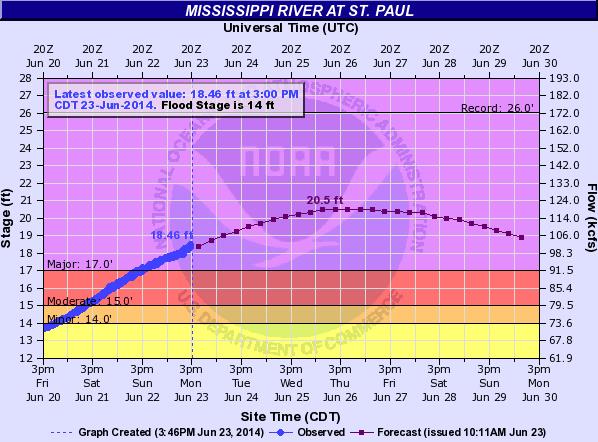
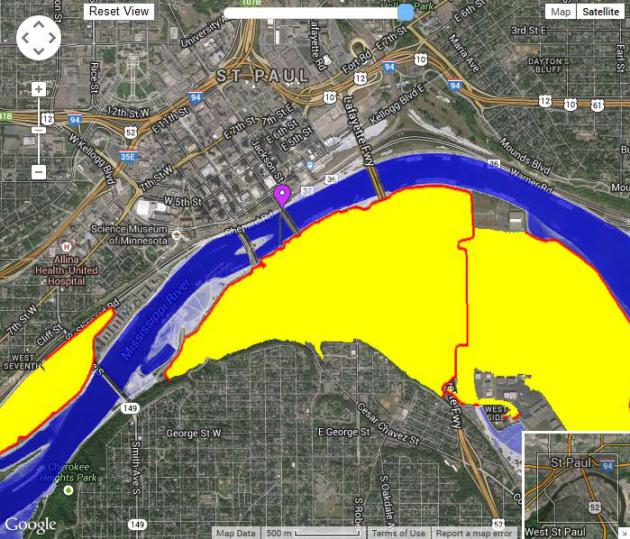
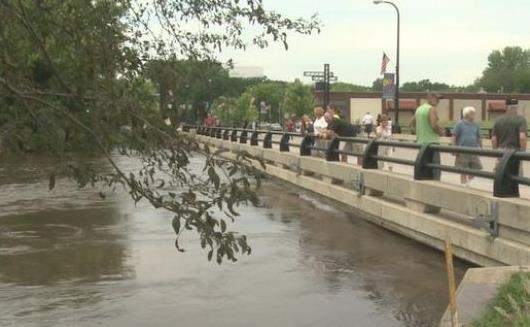

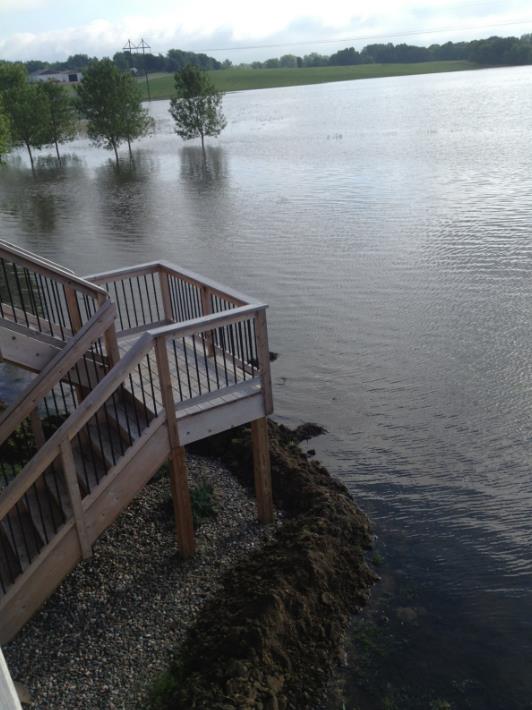


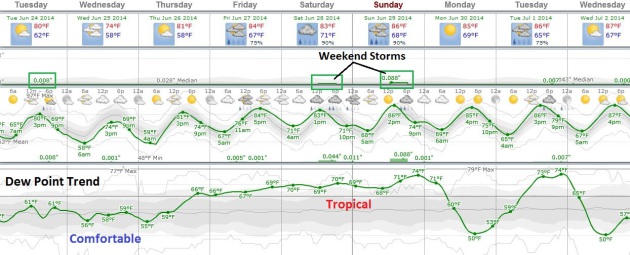

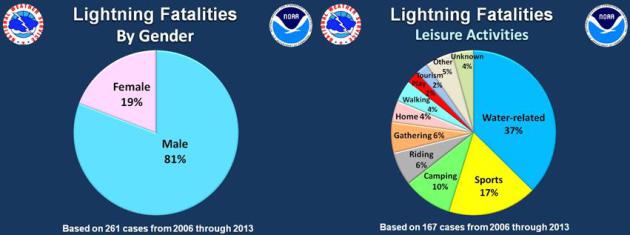


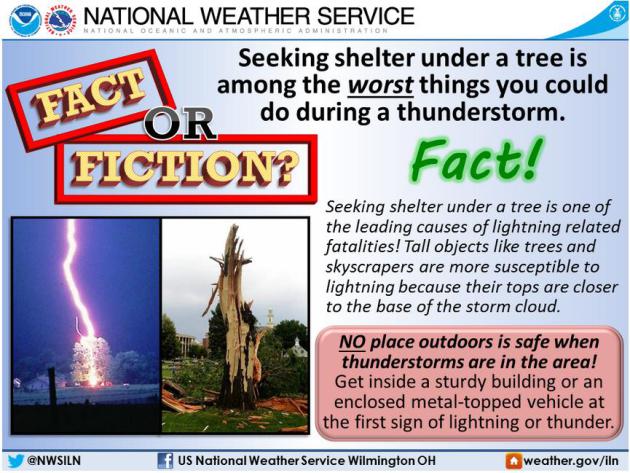


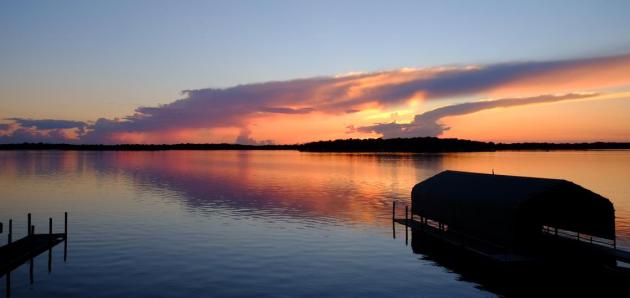

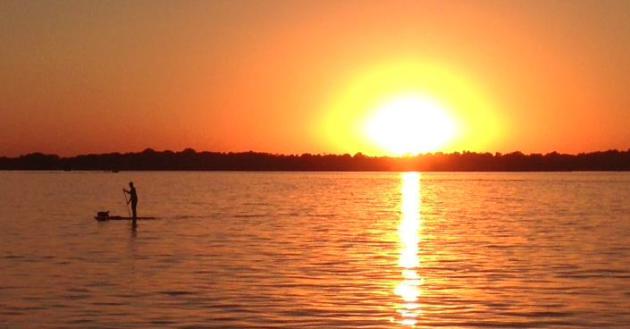

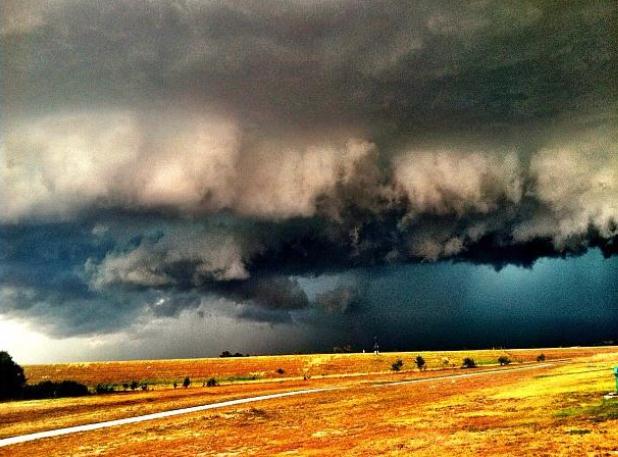
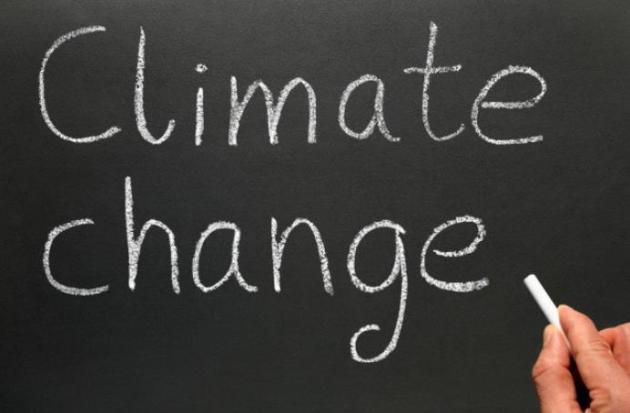
No comments:
Post a Comment